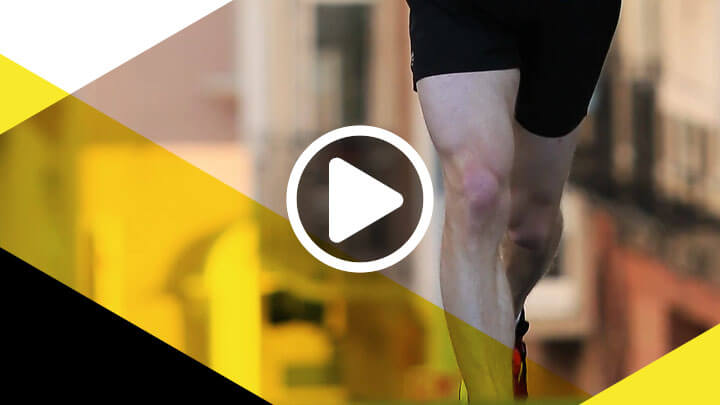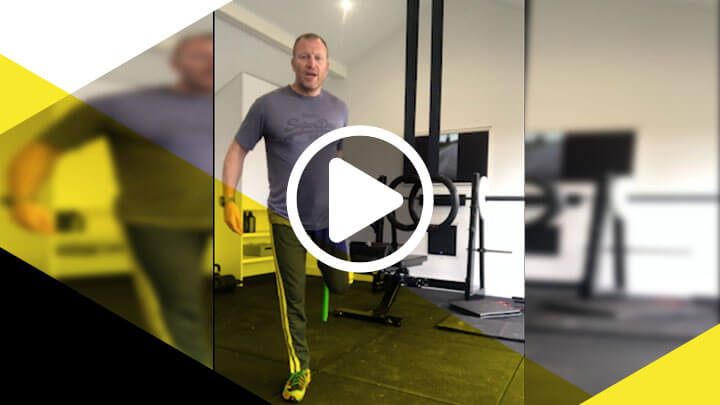Never overlook the simple in search of the complex!
Injury prevention? It’s not all about stretching your hip flexors, but it’s a good start.
Injury prevention?
It’s not all about stretching your hip flexors, but it’s a good start. So you sit down all day? When you exercise (cycling) you are also sitting down? So you get told to stretch because your quads are tight. So you do, a bit, when you remember or when you can be bothered.
However, you have niggles in your back, hips and knees. They don’t hurt enough for you to do anything about so you just train through them and ignore this early warning sign.
A health pathogen is a behaviour that negatively affects your fitness. An example of this would be smoking.
A health immunogen is a behaviour that positively affects your fitness. An example of this would be regular exercise.
However, what if your chosen modality of fitness was contributing to your pain?
Now, your health immunogen behaviour has become a pain provoking pathogen.
What if the one sport you have chosen requires more than just doing the sport?
Fitness is not about complacency and compromise. It is about understanding the body in order to maximise performance and minimise injury.
Maybe you require compensation exercises to stay pain-free?
The missed and most neglected element in your fitness training is injury prevention. You read about maximising performance but rarely hear about minimising injury. You are more likely to get injured than you are to win your race.
So, it’s about being proactive rather than reactive!
What if you had the power to reduce the risk of injury by simply investing a small amount of time dedicated to self-improvement? Sounds good, doesn’t it? Well, I’m about to give you guidance so you can make positive decisions about your health starting now.
First, realise that where you are in your fitness training is a direct result of your fitness behaviours. You need to take total responsibility for this. You are where you are and the truth is the only starting point.
Second, conduct a “needs analysis” on yourself. It is likely that flexibility is something you are lacking. It is likely that pelvic stability is something you are lacking. The reason you are lacking these areas of fitness is that you simply don’t train or value them. You would rather spend 10 minutes extra on the bike, wouldn’t you?
Do you know why you need to stretch your hip flexors?
That’s right, your body has adapted to the main posture you ask it to perform, sitting. Your hip flexors are now short and tight, with your gluteus being switched off due to long periods of you compressing them with no activation.
The biggest muscle in your body is underdeveloped, short and tight.
So if I ask you to perform a rectus femoris stretch with your rear heel touching your buttock can you maximally contract your gluteus? No, I didn’t think so!
You might own a foam roller? But how often do you use it? Are you using it effectively? Do you even know what it meant to do?
The hip flexor stretch is now your test, retest objective marker. It is the evidence that your injury prevention strategy is effective. You can either perform this test with more ease of movement or there is no change. You are beginning to take responsibility for your body and the demands you place upon it.
Can you maintain an upright position, then can you contract your gluteus? I will ask you how much tummy time do you get? If you are stuck in spinal flexion all day and while exercising, spinal extension and rotation can become difficult and limited. Because you are sitting your pelvis is stable and you are able to develop strong prime movers (quadriceps) at the expense of weak pelvic stabilisers. Your strength has become your biggest weakness. In addition, you will get adaptive shortening of the hip flexors and long, weak gluteus. What you require are compensation exercises. The very opposite exercises of what your chosen sport position is.
You are not just aimlessly stretching anymore. You now have a goal and the methodology to achieve that goal. You need to monitor the amount of time you sit down without a break. Sitting has become the new smoking!
Tramer
Test
- You perform the hip flexor stretch as the test which helps you monitor your progress.
Roll, tac and floss
- You use the foam roller to work out those tight and painful trigger points.
- Wrap the band around the thigh tight and perform squats, knee flexion and extension.
Activate
- You perform the shoulder bridge with gluteus activated.
- Perform slow marching in this position.
- Mud running in the athletic position until glutes are fired up.
Mobilise
You then mobilise in 3 dimensions:
- Torsos forwards and back
- Side to side
- Rotation to both sides
At all times the gluteus on the rear leg are active.
For an added stretch perform a tricep stretch on the same side as the leg you are stretching then lean back, side flex away and rotate away.
Exercise
Perform BODYWEIGHT lunges concentrating on glutes activation
- Forward lunge
- Rear lunge
- Side lunge
- Hip turned out lunge
Retest
Repeat hip flexor stretch with glutes activation. Is this movement easier?
- The whole sequence is a logical fitness progression
- Test, retest gives you a sense of progress
- Rolling TAC and Floss helps get rid of trigger points and restores length to tight muscle
- Activation helps build the mind-muscle connection and marching helps with pelvic stability
- Mobility in 3 dimensions of movement help with range of movement in functional movement patterns
- Lunges in 3 dimensions
That’s it!
Now over the next couple of weeks, get comfortable with the uncomfortable and make the weakness of mobility become your new strength.
Start believing that you are an athlete and then act accordingly. Wearing Lycra is a good start, but it is not enough. You must take 100% responsibility for your health and fitness, nothing less will do. It is an invincibility fallacy of your youth if you think you do not have to do anything to avoid injury, so start early and invest time in your future.
Remember, laziness will cause you pain. But, not you, not anymore. You’re too busy getting comfortable with the uncomfortable and dedicating protected time to invest in your fitness future.
Related Articles
If you've enjoyed this post why not try these related articles…



